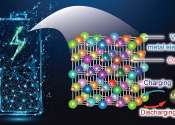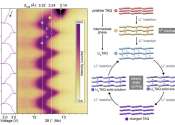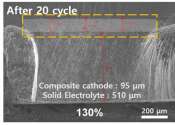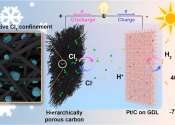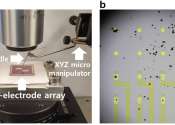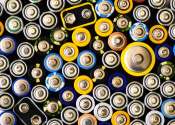Unleashing disordered rocksalt oxides as cathodes for rechargeable magnesium batteries
Researchers at Tohoku University have made a advancement in battery technology by developing a novel cathode material for rechargeable magnesium batteries (RMBs) that enables efficient charging and discharging even at low ...
Mar 29, 2024
0
99
